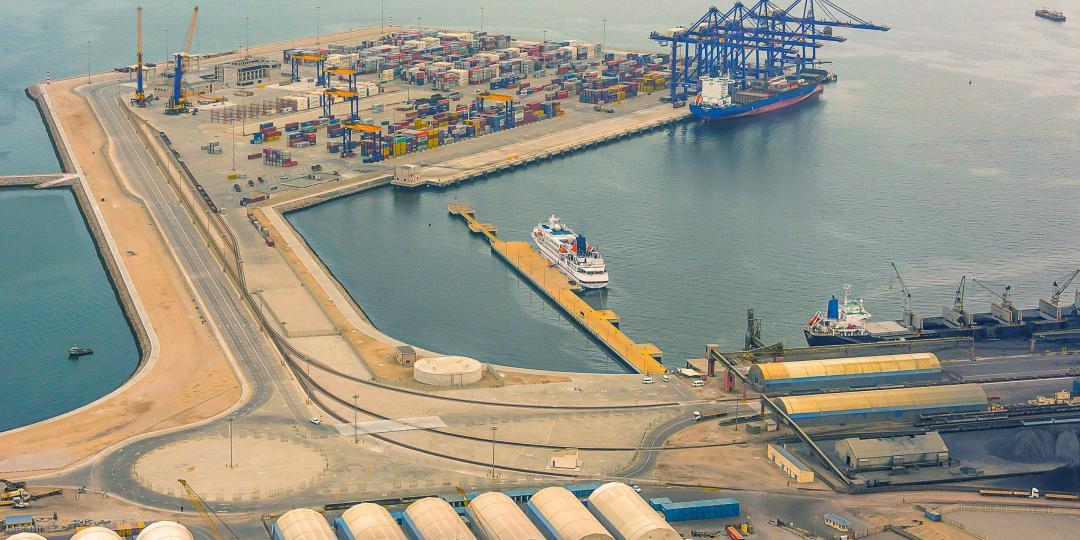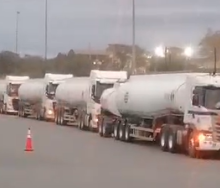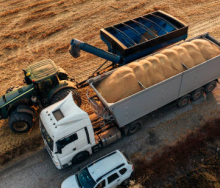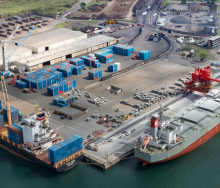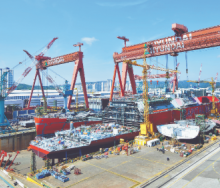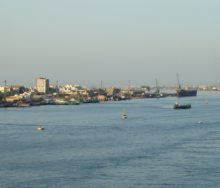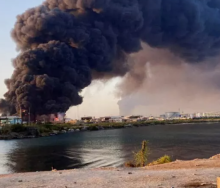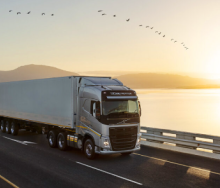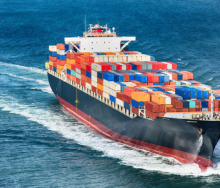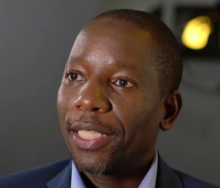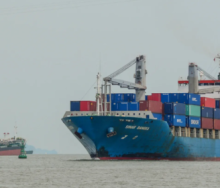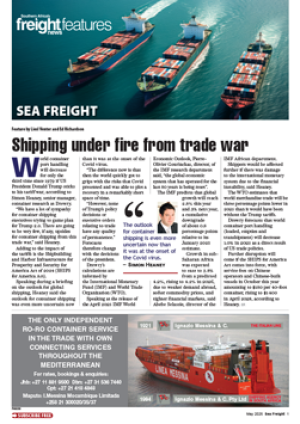Namibia’s ambitions to increase corridor cargo outflows through the Port of Walvis Bay, especially in the shape of bulk freight from the Copperbelt, have an infrastructural problem – hinterland linkages that are in poor shape (if existent at all) once trucks cross over into Zambia.
A less-than-perfect road freight network is not solely a Zambian challenge, but there’s no mistaking Namibia’s view that its cross-border cargo potential is held back by the transport challenges of its north-eastern neighbour.
Zambia is an important transit country for the Walvis Bay Ndola Lubumbashi Development Corridor (WBNLDC), but its road system out west, especially, is far below par.
At a presentation of the Walvis Bay Corridor Group in Zambia last week, its CEO, Mbahupu Hippy Tjivikua, struck a fair balance between infrastructural requirements needed on both sides of the border.
Namibia, for example, has been talking about taking a rail link from Grootfontein through the Caprivi to Livingstone in Zambia.
A rail link from Grootfontein, where the line up from Walvis currently ends, is also being mooted for Sesheke.
So far though, word on the ground is that funding is an issue.
What was clear though from Tjivikua’s talk in Kitwe, is that most of the infrastructural shortcomings appear to be in the south-west of Zambia, the very region through which trucks have to transit, laden with copper from up north, including cathodes from the Democratic Republic of the Congo (DRC).
Currently cargo is moved through the panhandle, having to loop a short stretch through Botswana, using the Kazungula Bridge into Zambia.
If the road between Sesheke and Kazungula north of the Zambezi was in a better state, cargo between Zambia and Namibia wouldn’t have to transit through Botswana at all.
Yet that stretch of road is virtually impassable.
Whereas Tjivikua first lamented the state of that road, he added: “Actually, there is no road.”
While it shouldn’t take longer than an hour and a half to complete the 136.5 kilometres between Sesheke and Kazungula, he said it could take a truck six to eight hours to drive that distance.
He also highlighted the road between Kaomo and Kasempa as a possible WBNLDC project for consideration, indicating that if it was upgraded to “bitumen standards”, it could open a new way for copper outflows to the south-west.
Constructing a new road between the copper mining areas of Kolwezi and Solwezi, on either side of the DRC/Zambia border, could add to the shorter-distance benefits of copper outflows headed for Walvis, Tjivikua explained.
For the time being though, the WBNLDC still runs through central Zambia.
Considering that it’s unlikely that extensive road upgrades and development out west will happen any time soon, the construction of a dual carriageway from Kazungula through Lusaka all the way to the Copperbelt border of Kasumbalesa may help to speed up cargo.
Tjivikua also mentioned the road between Mokambo and Mufulira on either side of the border for trucks heading home, a stretch of dirt track that is sometimes so bad because of tropical showers that trucks have to bash through the thicket to avoid being bogged down in potholes and foot-deep mud.
And then there’s Kasumbalesa, the notorious crossing where truckers going north can wait up to a week to get through.
This morning a cross-border transporter said the queue was 28 kilometres south of the congested transit, less than half of what it was recently when trucks queued some 70 kilometres beyond Chingola to Kitwe.
If everything worked as it should on the WBNLDC, said Tjivikua, a return trip from Walvis to the Copperbelt and back shouldn’t take more than six days.
Instead, a Kasumbalesa-size spanner has been thrown into the works, holding back the kind of volume Namibia was hoping to see at the Port of Walvis Bay.
